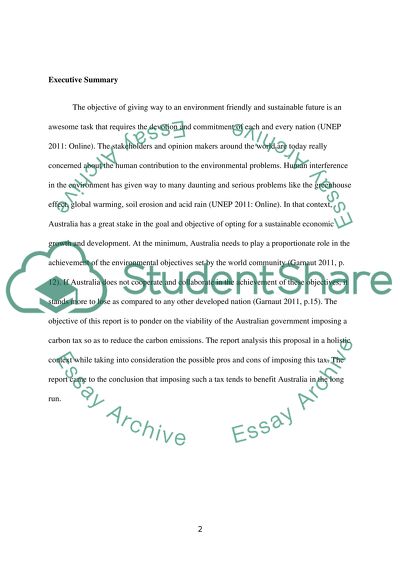Cite this document
(“Should the Australian government introduce a carbon tax aimed at Lab Report”, n.d.)
Retrieved from https://studentshare.org/geography/1419239-should-the-australian-government-introduce-a
Retrieved from https://studentshare.org/geography/1419239-should-the-australian-government-introduce-a
(Should the Australian Government Introduce a Carbon Tax Aimed at Lab Report)
https://studentshare.org/geography/1419239-should-the-australian-government-introduce-a.
https://studentshare.org/geography/1419239-should-the-australian-government-introduce-a.
“Should the Australian Government Introduce a Carbon Tax Aimed at Lab Report”, n.d. https://studentshare.org/geography/1419239-should-the-australian-government-introduce-a.


